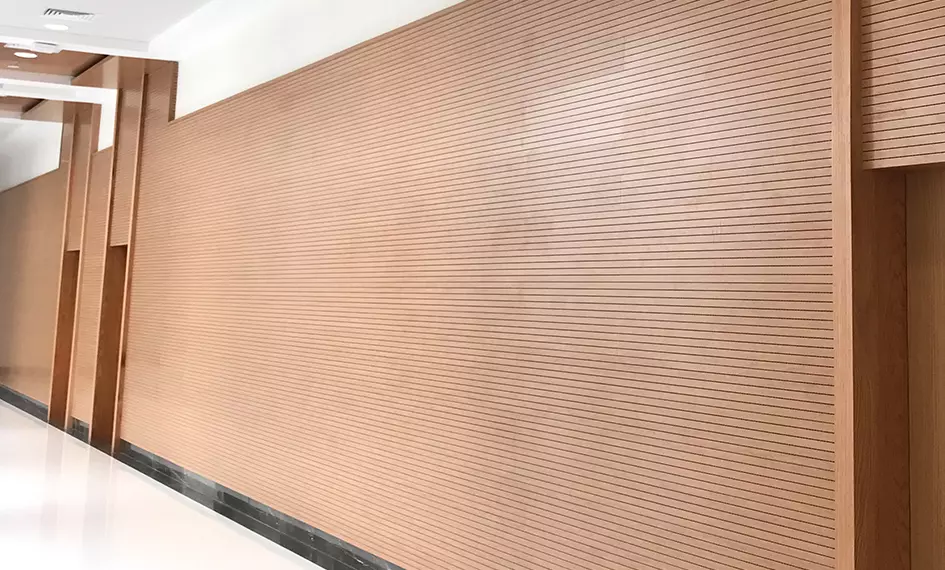MDF Board Materials That Adapt To Countless Creative Building Needs
Medium-Density Fiberboard MDF is a versatile and reliable material widely used in furniture, cabinetry, and interior design projects. Its smooth surface, consistent density and adaptability make it a favorite choice for both professionals and DIY enthusiasts. Whether crafting decorative panels, shelves, or custom furniture pieces, MDF provides the flexibility to create precise shapes and designs with ease. Lightweight yet sturdy, it allows for intricate detailing while maintaining structural integrity, making it ideal for a wide range of creative applications.
What Makes MDF So Popular
MDF stands out due to its uniform texture and excellent workability. Unlike solid wood, MDF does not have knots or uneven grains, allowing for a flawless finish. It can be painted, laminated, or veneered to match any décor style. Some notable features include:
- Smooth, even surface ideal for painting and finishing.
- Easy to cut, shape, and drill without splintering.
- Durable and resistant to warping compared to natural wood.
- Compatible with various adhesives, screws, and fasteners.
These qualities make mdf board an essential material in modern woodworking and interior design projects.
Creative Uses of MDF Boards

MDF can be adapted for numerous applications, offering endless possibilities for designers and builders:
- Furniture Making: Ideal for cabinets, tables, and shelves due to its strength and stability.
- Wall Panels and Partitions: Provides a clean, smooth finish that can be painted or laminated.
- Decorative Moldings: Easy to carve, allowing for intricate designs and detailing.
- Custom Storage Solutions: Perfect for drawers, wardrobes, and modular units.
- Signage and Displays: Smooth surface ensures clear printing and high-quality finishes.
Its versatility ensures that MDF can meet both functional and aesthetic requirements.
Advantages for Creative Projects
MDF boards are particularly valued for their flexibility in creative projects. Some of the benefits include:
- Consistent thickness for uniform construction.
- Smooth edges reduce the need for extensive sanding.
- Lightweight material eases transportation and installation.
- Eco-friendly options available, made from recycled wood fibers.
- Cost-effective compared to solid wood, without compromising quality.
These advantages allow builders and designers to experiment with shapes, size, and finishes without limitations.
Tips for Working with MDF
To make the most of MDF, consider these practical tips:
- Use sharp tools for clean cuts.
- Seal edges before painting to prevent swelling.
- Choose the appropriate thickness based on the project’s structural needs.
- Combine with veneers or laminates for a polished look.
MDF board materials are a reliable and adaptable choice for countless creative building needs. Their uniformity, ease of handling, and aesthetic flexibility make them suitable for furniture, décor, storage solutions, and custom designs. By combining practical advantages with creative potential, MDF allows both professionals and hobbyists to bring innovative ideas to life efficiently. Its smooth surface, stability, and affordability ensure that every project achieves a professional and lasting finish. Whether crafting intricate designs or constructing functional furniture, MDF remains a top choice for creativity and practicality.